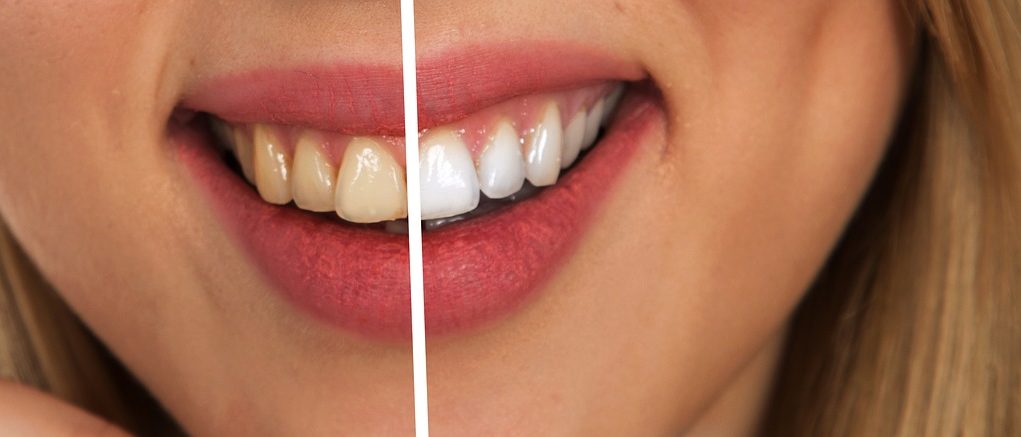To conduct the study which was presented at the American Association for Dental Research’s annual conference the researchers used a prototype e-cigarette and BAT’s HnB device Glo. They tested these devices on cow’s teeth that had been incubated in an oven at body temperature in human saliva, in order to cultivate the same conditions found in a human mouth as much as possible .
“After the first day, the teeth exposed to the smoke extract started to change color and over the course of 14 days, these teeth got darker and darker in color,” said BAT. “Even with the naked eye, the color changes with the cigarette extract could be easily seen after one day. In contrast to teeth exposed to smoke those exposed to e-cigarette or THP vapor exhibited minimal change in color, similar to untreated teeth.”
A study about vaping and oral health
Inline with the above, a study published last October that looked at the oral condition of real-world vapers who had just switched from smoking, indicated that the shift to the safer alternatives greatly improved their oral health. This clinical observational study was carried out at the Unit of Periodontology and Oral Hygiene of Calabrodental Clinic in Crotone Italy, and published in December 2016 on NCBI.
When examined at the start of the study, 85% of group 1 had a plaque index score of 1 out of 3, with only 15 of them having no plaque at all. For group 2, three-quarters of the participants had a plaque index of 2 and none of them had a 0 plaque score. When examined again at the end of the study, 92% of group 1 and 87% of group 2, boasted plaque scores of 0.
With regards to gum bleeding, at the start of the study, 61% of participants in group 1 and 65% of those in group 2, experienced bleeding when poked with a probe. Subsequently, when re-examined at the end of the study, 92% of those in group 1 and a total of 98% of the participants in group 2, experienced no bleeding when probed.
Switching from smoking to vaping improves oral health
While it is a known fact that smokers are at a high risk of staining, gum disease, plaque buildup and periodontal disease amongst other things, these studies clearly indicate that there is a positive correlation between switching from smoking to vaping and an improvement in oral health.
Read Further: Newsweek












